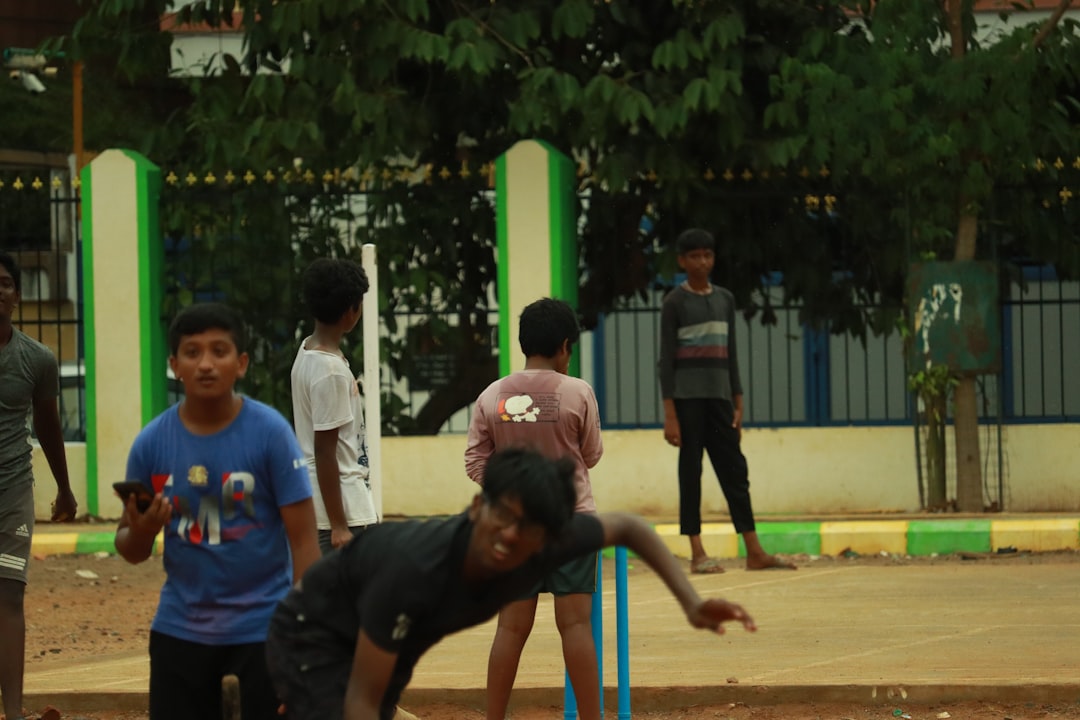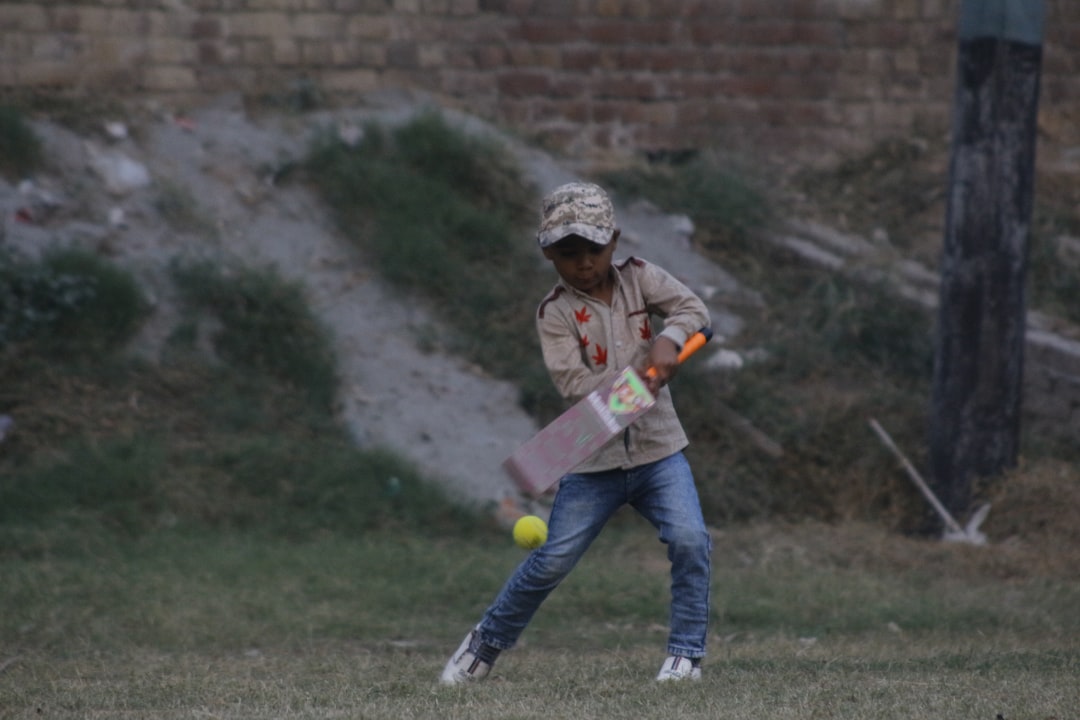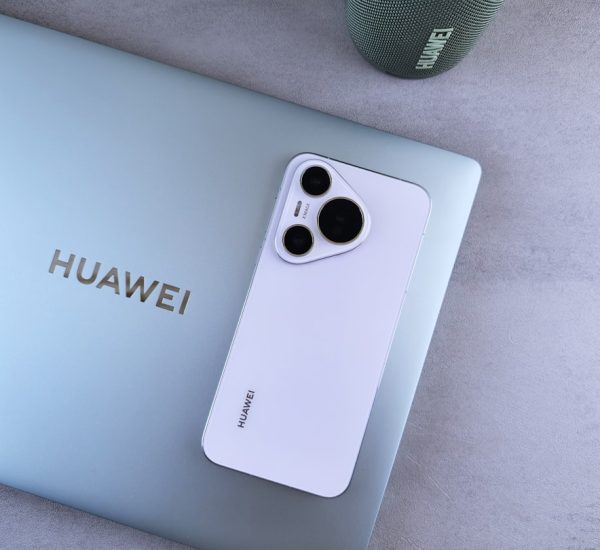Baseball is more than just a sport—it’s a rite of passage for many young athletes. As new players step up to the plate in 2025, one of the most critical pieces of equipment they’ll need is their first bat. Choosing the right baseball bat isn’t just about personal taste; it has a direct impact on performance, safety, and long-term development. With advances in bat technology, new regulations, and a wide array of options tailored to different age groups and skill levels, understanding how to choose a first bat has never been more important.
Understanding the Basics
Before diving into brands or specific features, it’s crucial to grasp the fundamentals of what makes a baseball bat suitable for a beginner. There are three primary aspects to consider:
- Length: The right length allows the player to control the bat comfortably while covering the strike zone. Youth bats typically range from 26 to 32 inches.
- Weight: A bat should be light enough for the player to swing easily yet heavy enough to generate power. Balance is key.
- Drop Weight: This number, calculated by subtracting the bat’s weight in ounces from its length in inches (e.g., a 30-inch, 20-ounce bat has a drop of -10), indicates how light the bat feels. New players often benefit from high drop weights like -10 or -12.
With these basics in mind, let’s explore what else new players and their guardians should know when selecting a bat for the 2025 season.
Material Matters
Bats are made from three primary materials: wood, aluminum (alloy), and composite. Each has its pros and cons, particularly for new players.
- Wood: Although traditionally used at higher levels, wood bats are heavy and less forgiving on mishits, making them less ideal for beginners. However, they help develop proper mechanics.
- Alloy: These bats are durable, generally less expensive, and require no break-in time. They are ideal for new players who want consistent performance right out of the box.
- Composite: Made of layered materials, these bats typically have a larger sweet spot and reduced vibration. However, they can be more expensive and require a break-in period.
In 2025, hybrid bats—those combining alloy and composite elements—are gaining popularity among youth players due to their balanced performance and comfort.

Age and League Requirements
Another vital aspect of choosing a first bat is understanding the requirements set by the player’s league. Different leagues have different standards, and in 2025, many organizations continue to follow protocols like:
- USA Baseball (USABat): These bats are designed for youth players under age 14 and aim to mirror the performance of wood bats while maintaining lighter weights.
- USSSA: This organization allows for slightly more aggressive bat performance, which may not be legal in some recreational leagues.
- BBCOR: Required for high school and college play, these bats have a higher mass and a more wood-like performance, unsuitable for most new players.
Before purchasing any bat, verify league rules to ensure compliance. The last thing a new player needs is to invest in a bat they can’t use on game day.
How to Determine the Best Size
Finding the perfect bat length and weight is more science than guesswork. Thankfully, sizing guides in 2025 have evolved to make this easier. A good rule of thumb includes:
- Measure the Player: Height and weight are great indicators for bat size. Many brands now offer online calculators that determine the ideal size.
- Try it Out: When possible, let the player hold and swing several bats. Ensure they can control the swing path and reach across the plate with the bat’s end while standing in batting stance.
- Physical Comfort: Look for signs that the bat is too heavy: slow swing speed, over-rotation, or fatigue during practice sessions.
Remember, lighter isn’t always better. If the bat is too light, players may develop poor mechanics. Aim for *controlled comfort*, prioritizing both swing speed and hitting potential.
2025 Trending Features and Technologies
Technology is reshaping sports equipment, and baseball bats are no exception. In 2025, several innovations are worth noting when shopping for a first bat:
- Smart Bats: Some manufacturers offer bats with built-in sensors or attachments that track swing metrics. While these tend to be more advanced tools, they can be valuable for skill development over time.
- Anti-Vibration Handles: For new players facing sting from mishits, technology reducing vibration can increase comfort and confidence.
- Variable Wall Thickness: A construction feature that extends the sweet spot for more forgiveness on off-center hits.
While not every feature is essential for beginners, understanding what’s out there enables smarter decisions—even if it means planning for future upgrades.

Top Recommendations for New Players in 2025
Based on performance, affordability, and user reviews, here are some standout beginner bats for 2025:
- Louisville Slugger Solo USABat (-11): Ideal for young first-time players, offering lightweight handling and quick swing speed.
- Easton ADV 360 USA (-10): A composite bat with a focus on comfort and sweet spot enhancement—great for confident learners.
- Marucci CATX USSSA (-10): While better suited for competitive youth leagues, its forgiving barrel and reduced vibration appeal to many new hitters.
- DeMarini Voodoo One USA (-11): A balanced alloy bat perfect for early skill development, especially in Tee Ball or Coach Pitch leagues.
Budget and Long-Term Value
A common mistake among new baseball families is over-investing in the first bat. While quality is important, young players outgrow equipment both physically and in terms of skill level. A well-made, mid-range bat is often the smart choice. Here are some financial tips:
- Shop During Off-Season: Discounts and package deals are more common after the main playing season ends.
- Consider Used or Previous-Year Models: Lightly used or last year’s bat versions may offer nearly identical performance at a lower price.
- Watch Warranty Policies: Bats with 1-year warranties offer assurance in case of premature damage or discoverable flaws.
Invest in what your child needs now, not what a college-level player may use. This approach ensures both optimal learning and healthy family finances.
Conclusion: Making the Best Choice
Choosing a baseball bat for a first-time player in 2025 involves more than grabbing the coolest-looking bat off the shelf. It requires honest assessment of the player’s size, strength, league, and skill level, as well as a strong understanding of today’s bat technology. Fortunately, the growing quality of youth bats makes it easier than ever to find the right balance between performance, safety, and cost.
Ultimately, remember that the best bat is one that the player feels confident using. If they enjoy swinging it, they’ll likely enjoy the game more—and that’s the real first step toward a successful baseball journey.


